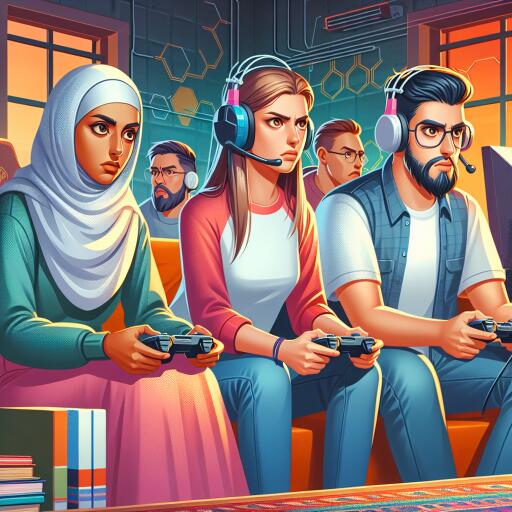One inconsistency with VALORANT passives is bugging players
In the competitive landscape of VALORANT, each agent’s unique abilities and playstyle contribute to a dynamic and strategic gameplay experience. However, the discussion around agent passives has recently taken center stage, spurred by observations from the game’s community on the notable uniqueness of Jett’s passive ability. Unlike her counterparts, Jett possesses a distinctive passive skill that allows her to glide gently to the ground, a feature that naturally complements her agile and swift character design.
This intriguing facet was spotlighted by a conversation on a popular online forum, where a player mused on the singularity of Jett’s ability to drift. “It’s a fascinating aspect that adds a layer of depth to her character, emphasizing her aerial prowess without significantly tipping the competitive balance,” the discussion suggested, sparking a broader conversation on the topic of passives in VALORANT.
While it’s broadly perceived that Jett holds the title for the sole character with a genuine passive ability, this isn’t entirely accurate. A dive into the game’s design reveals that other agents possess passive or passive-like skills, though perhaps not as conspicuously. For instance, Phoenix’s capability to regenerate health through his own flames is an inherent ability, aligning with the notion of a passive skill.
Further exploration into the agent roster uncovers additional passive elements, such as Astra’s Astral Form, Fade’s Terror Trail, Neon’s Energy Bar, Viper’s fuel management system, Phoenix’s self-heal, and Reyna’s Soul Harvest. Each of these abilities underscores the characters’ uniqueness without demanding extra resources or ability charges, enriching their gameplay without overwhelming the core mechanics.
An interesting insight was also shared regarding Yoru, whose hands glow when preparing to use Gatecrash, alerting observant players to his imminent move. This detail, among others like Raze’s exclusive use of her Blast Packs for a boost, sheds light on the subtler passive mechanics at play, offering unique advantages and strategic depth.
The conversation around VALORANT’s take on passives veers into the broader context of character design across popular tactical shooters, where passive abilities fundamentally distinguish characters beyond their active abilities. Proposed ideas for VALORANT passives touched on inherent character advantages such as resistance to fall damage, enhanced plant/defuse speeds, and increased ammo reserves, to name a few. These suggestions reflect a desire within the community for a more pronounced role for passive abilities in defining an agent’s identity and playstyle.
In conclusion, while Jett’s graceful drift initially stirred the debate around VALORANT passives, the ensuing discussion has unearthed a wealth of passive and passive-like mechanics woven into the fabric of the game. This exploration not only highlights the nuanced design of VALORANT’s agent roster but also sparks the imagination for how passive abilities could further enhance the strategic gameplay experience in future updates.









